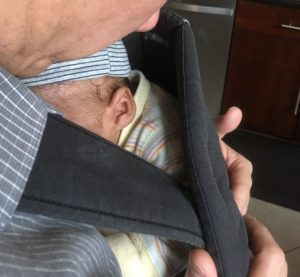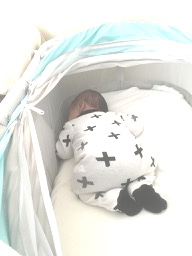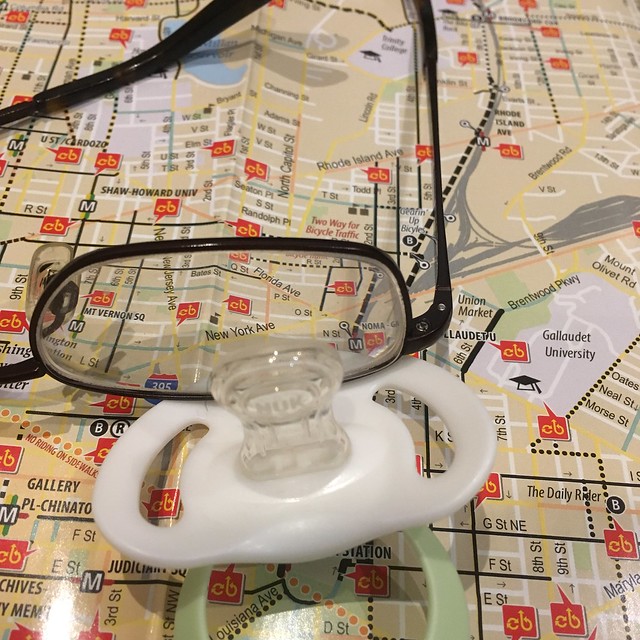
As some of our friends and neighbors know, my spouse (the Help) we are in the adoption process. Babyman (formerly the Helpless) has been in our home for 6 months and just recently got released from ‘legal risk’. I suspect Mayor Muriel Bowser’s newly adopted child may be under legal risk, so besides her usual privacy, she’s probably not at liberty to say much.
I was pleasantly surprised to read that our mayor has adopted an infant. So congrats to Mayor Bowser on joining the process and good luck. She’ll need it. She’ll also need a strong support network and some live in help. The Help and I act like a tag team in the care of Babyman. In those early days before Babyman was sleeping through the night, even that had me working at half power running on a few hours of sleep. She might be able to deal with a few nights of no sleep but after about a week of almost no sleep because the screaming bottle feeding poop machine, something horrid happens to your brain. When that happens, you really need your support team. For us that was our relatives, neighbors, church members, co-workers, and any person who offered to babysit.
Mayor Bowser get used to being an old mommy. Forgive people who mistake you for your child’s grandma. I do and it’s not worth my time getting upset. I’m in my late 40s and my spouse will be 50 before Babyman turns 1. I’d like to think patience comes with age and we’re calmer than younger parents. We’ve been told Babyman is a very calm easygoing baby. I’m not sure that is him or us, but for now, I’ll take the credit.
We’re not done with the process. We’ve got to go to court and appear before a judge in some random area of Maryland. I guess Mayor Bowser will have to deal with legal risk, then once both the birthparent’s parental rights are severed, and the adoption agency/lawyer gets the paperwork in order she too will go before a judge who make her a full fledged mommy.
Welcome to the club Mayor Bowser, as a parent you will see the city in a whole new light.



